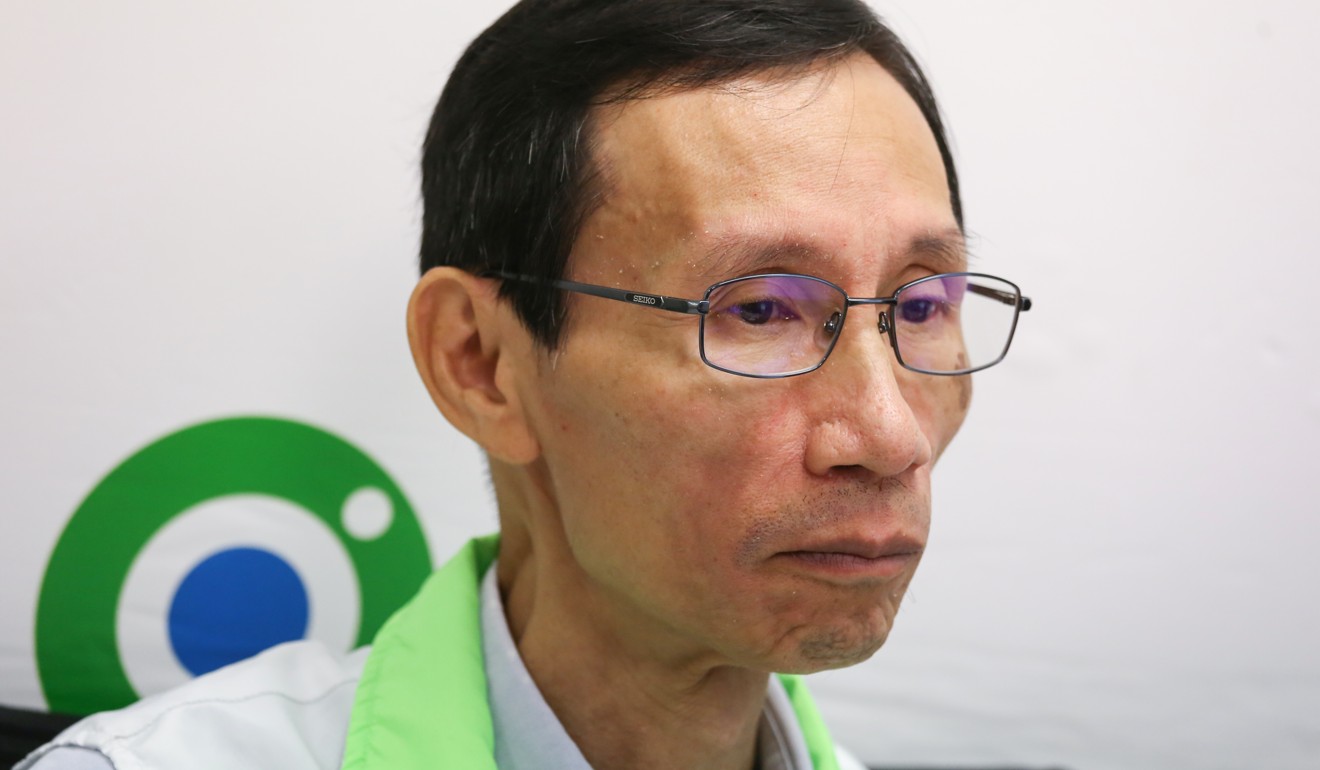
More than 11,000 plastic bottles collected on Hong Kong beaches in past year, with over a third possibly washed over from mainland China
- Some 35 per cent of the waste was found with labelling that suggested origins from across the border
- Green group calls for central government to introduce legislation prompting manufacturers to recycle

More than 11,000 plastic bottles were collected on Hong Kong beaches in the past year, with over a third of the staggering amount of waste believed to be from the mainland, an NGO has found.
The Green Earth urged authorities across the border to introduce legislation prompting manufacturers to recycle, and called on mainland brands – including C’estbon, which produced the largest portion of the beach waste collected – to set targets for reducing plastic usage.
The group conducted the study on single-use plastics from July last year to this month at 25 locations, including beaches at Lung Kwu Tan in Tuen Mun and outlying island Tai O.
“On average, we collected more than 400 bottles at each location, and this figure deserves concern and action from residents, governments and manufacturers,” Edwin Lau Che-feng, executive director of The Green Earth, said.

Of the 11,321 bottles collected throughout 43 clean-up sessions, C’estbon was identified as the manufacturer of 12.4 per cent of the waste.
This was followed by local manufacturers Swire Coca-Cola series (11.6 per cent), Vita (10.7 per cent) and Watsons Water (5.9 per cent). Rounding up the top five is mainland brand Master Kong (5 per cent).
A total of 3,921 bottles, or 34.6 per cent, had labelling with simplified Chinese characters – used on the mainland – leading the NGO to conclude that the waste was regional.
“While we cannot know for sure whether the plastic bottles were left on the beaches or if they drifted in from the sea, we can guess they came from heavy rains washing improperly handled residential garbage from the mainland into rivers and seas,” Mandy Cheung Wing-man, project officer at The Green Earth, said.
We can guess they came from heavy rains washing improperly handled residential garbage from the mainland into rivers and seas
She added that overseas studies in general showed 80 per cent of trash in the sea came from land.
Of the remainder, 3,919 bottles had labelling with traditional Chinese characters – used mainly in Hong Kong and Taiwan – and 288 were in other languages. The rest of the bottles could not be identified.
C’estbon and Master Kong could be not be reached for comment by press time.

Lau urged mainland authorities to address the problem directly, such as through producer-responsibility laws, which require relevant stakeholders, including manufacturers to share responsibility for collection, recycling, treatment and disposal of plastics.
But he noted that the Hong Kong government needed to speed up in pushing for such regulations.
The Environmental Protection Department commissioned a consultancy study in October 2017 on how to implement a producer-responsibility scheme on suitable plastic containers, mainly used for beverages or personal care products.

According to the department’s website, relevant trade associations and stakeholders were consulted on their views for initial recommendations, and the information is being consolidated for submission to the department.
Subject to the recommendations of the study, the department will prepare to consult the public on the proposal and way forward.
The Green Earth urged mainland brands such as C’estbon and Master Kong to set targets for plastic usage reduction before the implementation of producer-responsibility laws.
Last year, Swire Coca-Cola, Vita and Watsons, three of Hong Kong’s biggest drink manufacturers, made an unprecedented pledge to work with green groups to raise the recovery rate of single-use bottles and containers in the city to somewhere between 70 and 90 per cent in 2025.
In 2017, the recycling rate of such bottles was only 6.8 per cent.